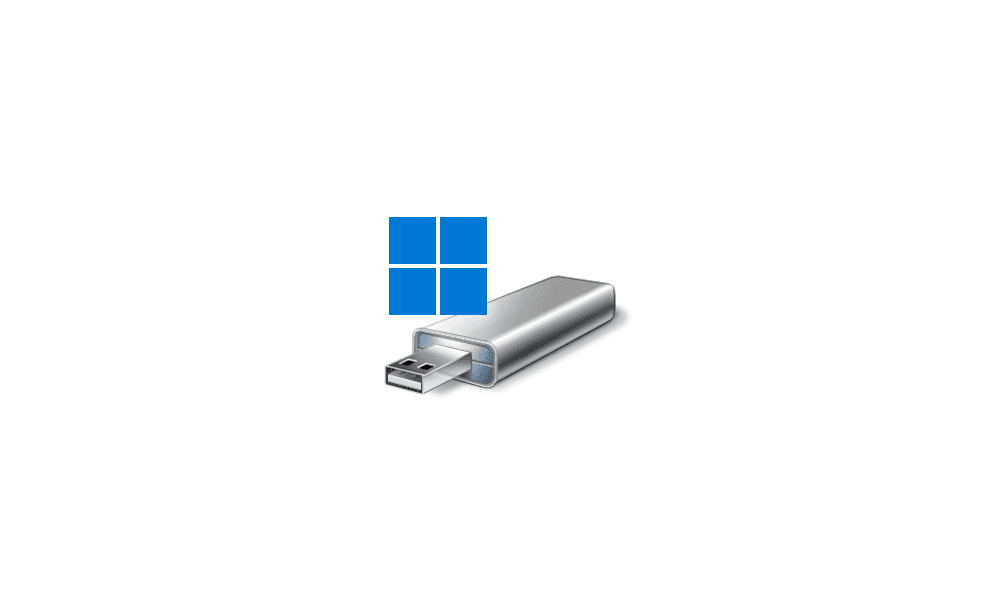Question: Are you currently running Windows in "Compact OS" mode? If not, you could compact the OS now, which will free up some space, hopefully giving you enough space to perform an upgrade, although, I must admit that with less than 10GB free space, I'm not sure if that would be enough space or not. Still, it's so easy to do that it might be worth a shot if it saves you a lot of time and grief. The last time I tested this, switching to Compact OS mode saved me about 2.6 GB of storage space.I was thinking to do a similar trick so I can upgrade my HP Stream 7 tablet that has less than 10GB free. I could clone the internal storage (32GB eMMC) in a larger USB flash drive (64GB), virtualize it, upgrade Windows abd then clone back to the tablet, but haven't found the time yet
In fact, you have me really curious now. Maybe I'll setup a VM with 32GB of storage and see if I can perform an upgrade install on top of an existing install with that small amount of storage.
Other possibilities: What about doing a clean install, or do you have too many programs and data on the system where backing up the data and reinstalling apps would be a pain in the backside? I know that one of the challenges in doing a clean install on those types of devices is sometimes that certain boot critical devices (storage, pointing device, touch screen) don't work during Windows installation, but that is a piece of cake to overcome.
If you would like any additional info on any of this, please do let me know and I would be happy to assist.
My Computers
System One System Two
-
- OS
- Win11 Pro 23H2
- Computer type
- PC/Desktop
- Manufacturer/Model
- Home Built
- CPU
- Intel i7-11700K
- Motherboard
- ASUS Prime Z590-A
- Memory
- 128GB Crucial Ballistix 3200MHz DRAM
- Graphics Card(s)
- No GPU - CPU graphics only (for now)
- Sound Card
- Realtek (on motherboard)
- Monitor(s) Displays
- HP Envy 32
- Screen Resolution
- 2560 x 1440
- Hard Drives
- 1 x 1TB NVMe Gen 4 x 4 SSD
1 x 2TB NVMe Gen 3 x 4 SSD
2 x 512GB 2.5" SSDs
2 x 8TB HD
- PSU
- Corsair HX850i
- Case
- Corsair iCue 5000X RGB
- Cooling
- Noctua NH-D15 chromax.black cooler + 10 case fans
- Keyboard
- CODE backlit mechanical keyboard
- Mouse
- Logitech MX Master 3
- Internet Speed
- 1Gb Up / 1 Gb Down
- Browser
- Edge
- Antivirus
- Windows Defender
- Other Info
- Additional options installed:
WiFi 6E PCIe adapter
ASUS ThunderboltEX 4 PCIe adapter
-
- Operating System
- Win11 Pro 23H2
- Computer type
- Laptop
- Manufacturer/Model
- Lenovo ThinkBook 13x Gen 2
- CPU
- Intel i7-1255U
- Memory
- 16 GB
- Graphics card(s)
- Intel Iris Xe Graphics
- Sound Card
- Realtek® ALC3306-CG codec
- Monitor(s) Displays
- 13.3-inch IPS Display
- Screen Resolution
- WQXGA (2560 x 1600)
- Hard Drives
- 2 TB 4 x 4 NVMe SSD
- PSU
- USB-C / Thunderbolt 4 Power / Charging
- Mouse
- Buttonless Glass Precision Touchpad
- Keyboard
- Backlit, spill resistant keyboard
- Internet Speed
- 1Gb Up / 1Gb Down
- Browser
- Edge
- Antivirus
- Windows Defender
- Other Info
- WiFi 6e / Bluetooth 5.1 / Facial Recognition / Fingerprint Sensor / ToF (Time of Flight) Human Presence Sensor





















